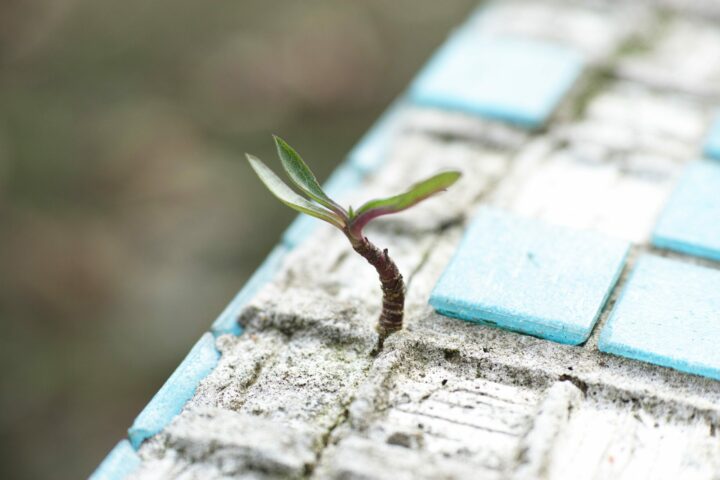The following contribution is from another author.
Green homes are much more common today than ten years ago. However, living in them remains a niche sport. The majority of people are still unwilling to take the plunge.
Even so, a large number of individuals and families are making the brave decision to live in one of these eco-conscious abodes. And that bodes well for the sustainability of civilization as a whole.
But what’s making them move? Many reasons, as you’ll read below.
Healthier Living Spaces
Moving into green accommodation opens up the opportunity to live in healthier spaces. Builders construct these houses from sustainable and natural materials, reducing the risk of harmful toxins or substances entering the body.
For example, many green homes avoid the use of high-VOC paint. Instead, decorators furnish homes with alternative colorations, including non-paint solutions like wood or wallpaper.
Healthier living spaces also come from being further out into nature. Many homes are a long way from the city, acting as self-sufficient homesteads. These provide occupiers with better air quality and access to perhaps natural springs and wells with fewer heavy metal contaminants.
Energy Efficiency
People are also hiring moving companies to help them move into homes with superior energy efficiency. Conventional homes can burn through a lot of fuel and contribute significantly to atmospheric CO2, but green homes have various ways of compensating for this.
For example, architects may minimize the use of concrete, a material that requires enormous energy to produce. Designers may also include large specialist windows to trap heat or solar panels on the roof to supplement the electricity supply, particularly during the summer when air conditioning requirements are at their highest.
Connection To Nature
Another reason people move into green homes is the connection to nature they offer. Unlike conventional accommodation that does its best to keep nature outside, green homes deliberately bring it in for a more primeval experience.
This connection to nature can be literal. For example, many green homes have green walls inside and out that let you get closer to plants. Some also have grass roofs that insulate the home and provide additional green spaces, replacing those occupied by the property itself.
Improved Resilience To Climate Change
Green homes may also have improved resilience to climate change. Many architects build these properties to withstand extreme weather, allowing them to last decades longer into the future, without requiring potentially costly replacement.
Long-term thinking reduces the need for energy and resource extraction in the future. Properties could potentially remain standing for centuries.
Educational Opportunities
Finally, some people move into green homes because of the educational opportunities. These properties can teach occupiers more about the nature of conservation and ecosystem protection, showing them what’s likely to work, and what probably doesn’t.
For many families, living in a green home is a fun project. It’s something a little different from the norm. Green homes have tremendous potential and let you organize your property however you wish. You can also live sustainably and more independently when you understand the constraints nature places on you.
















